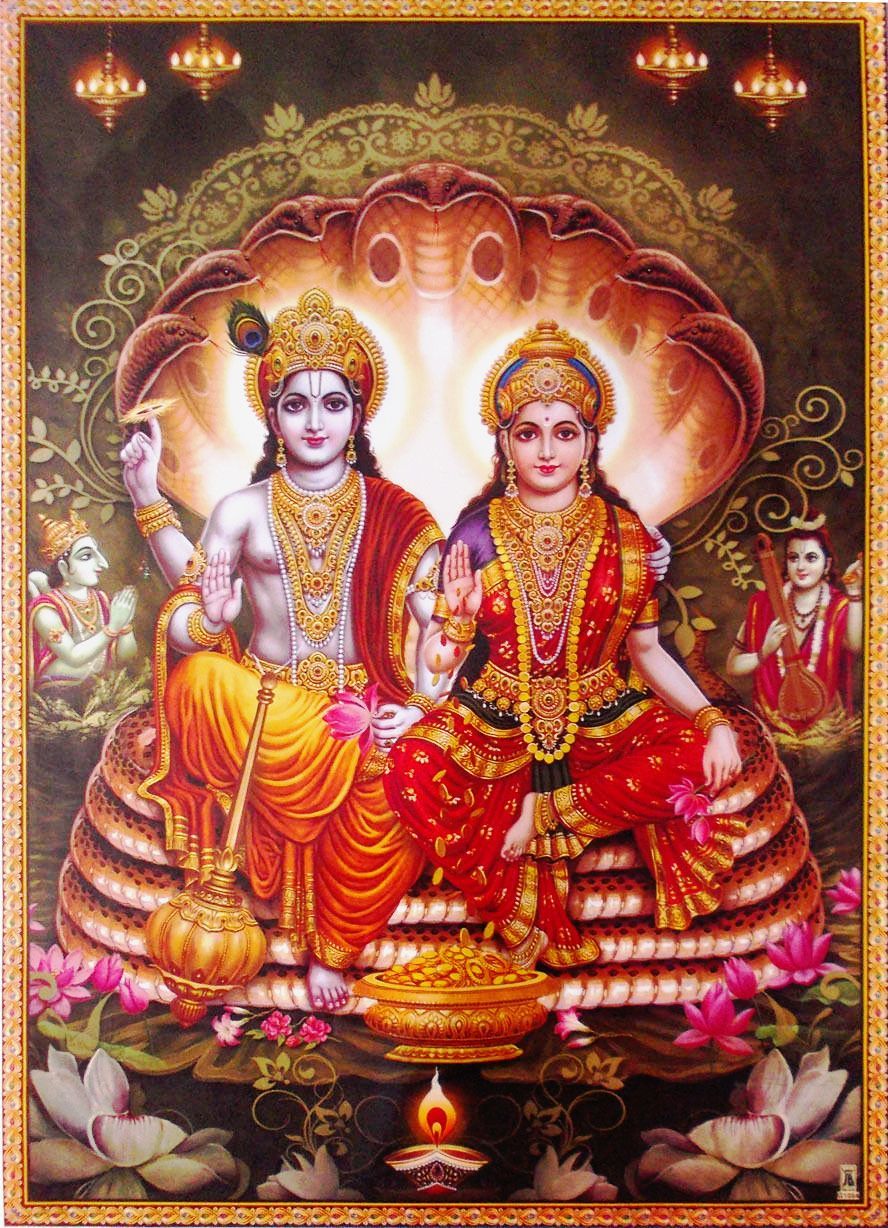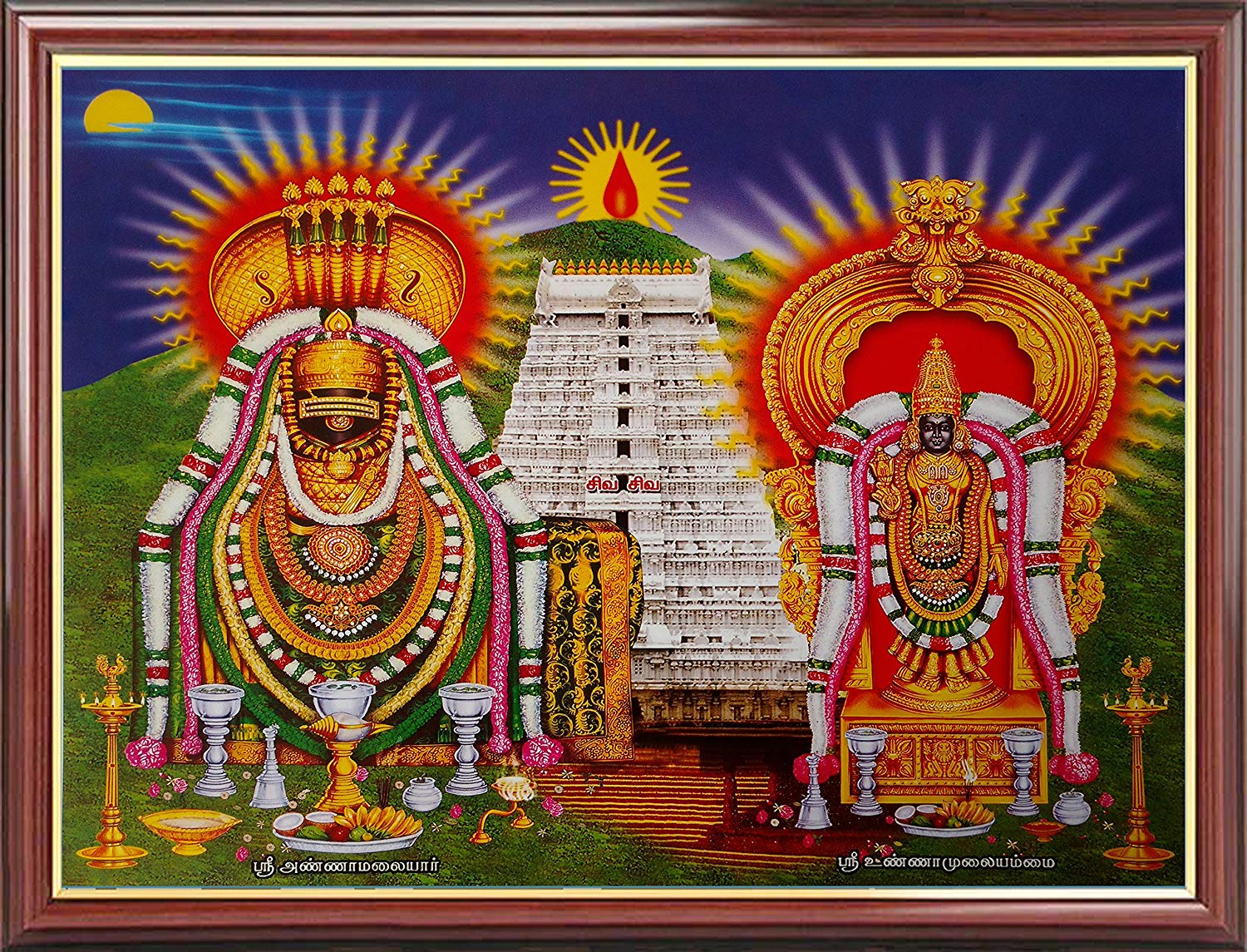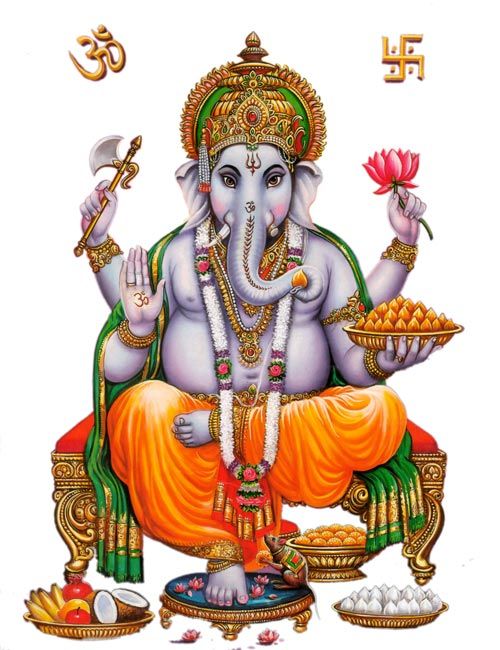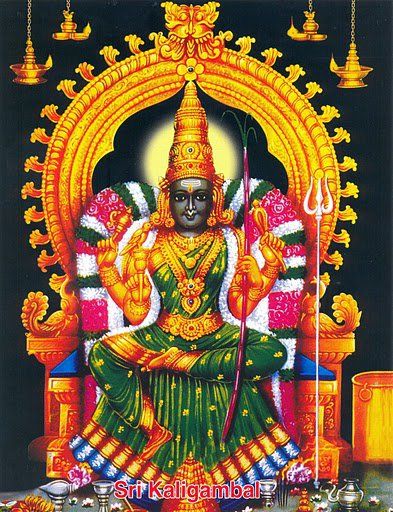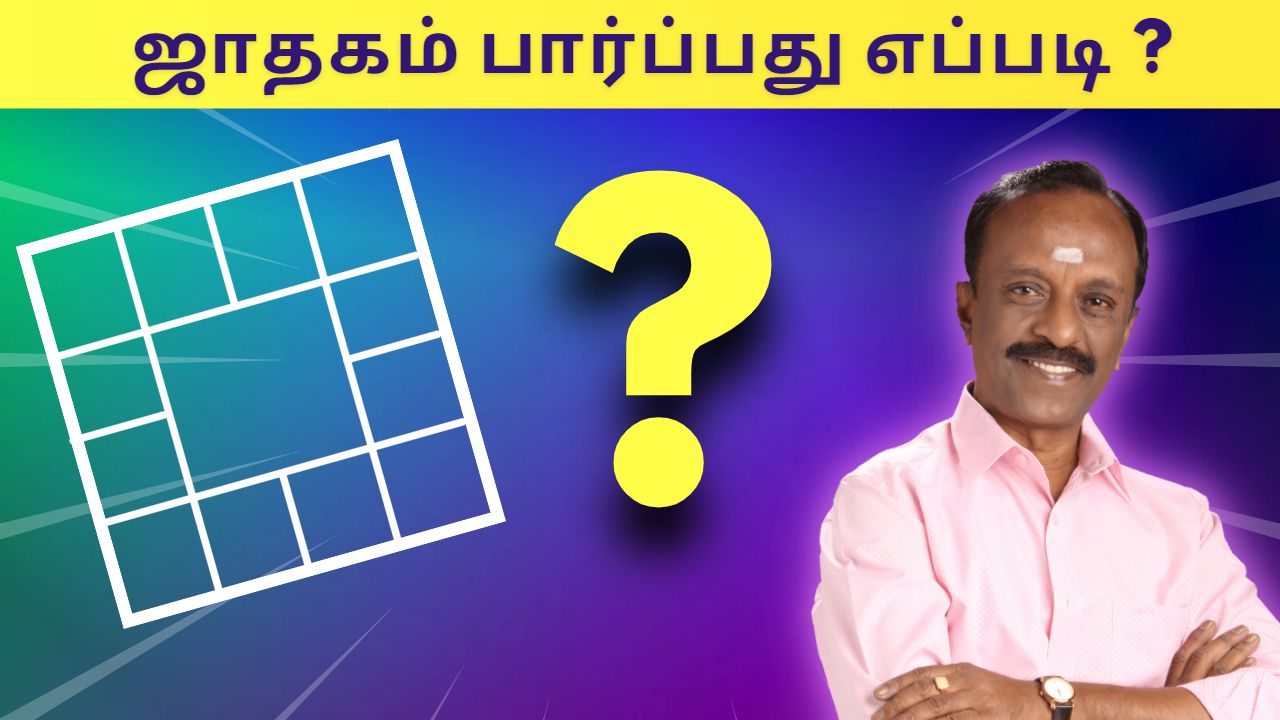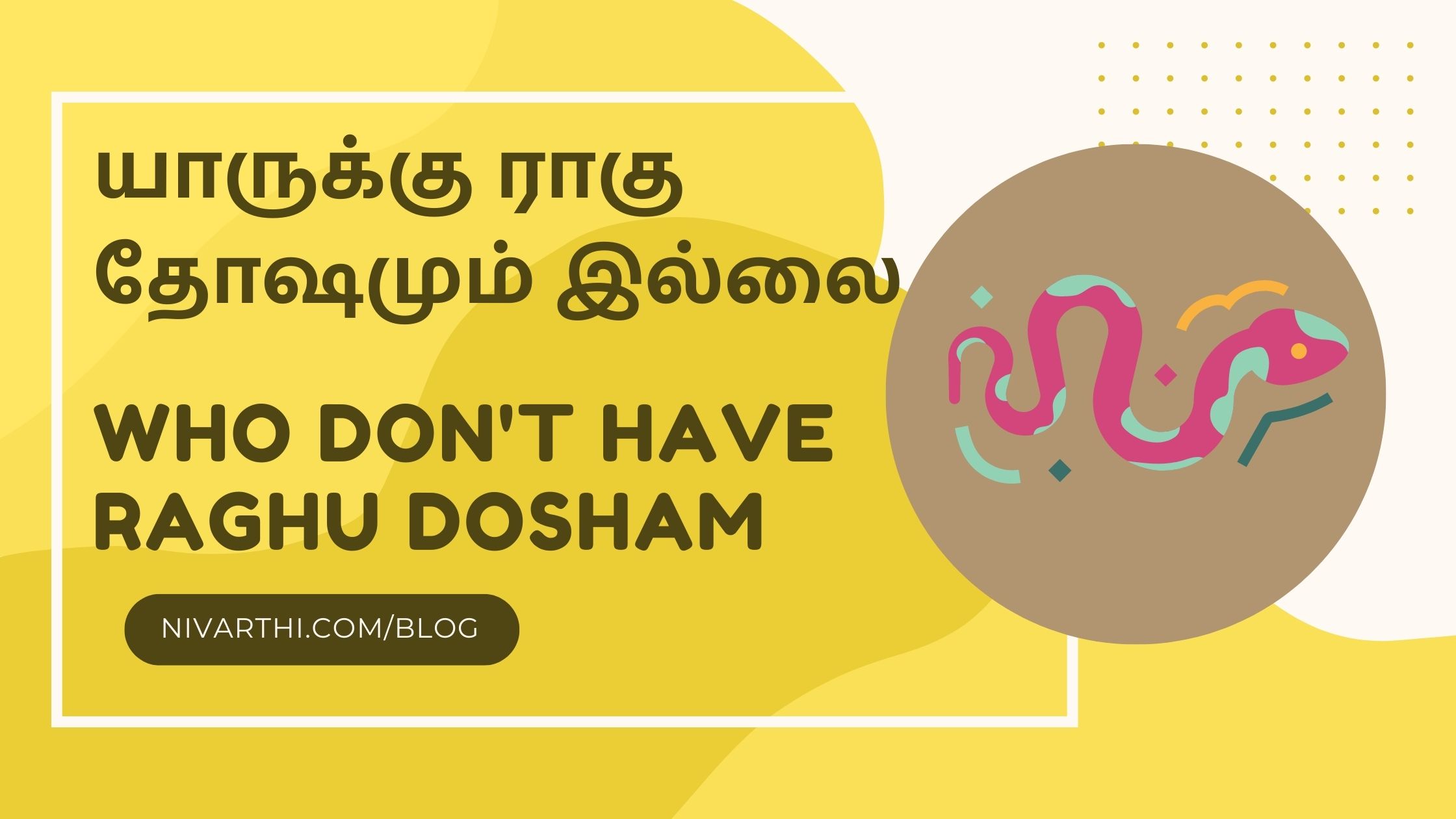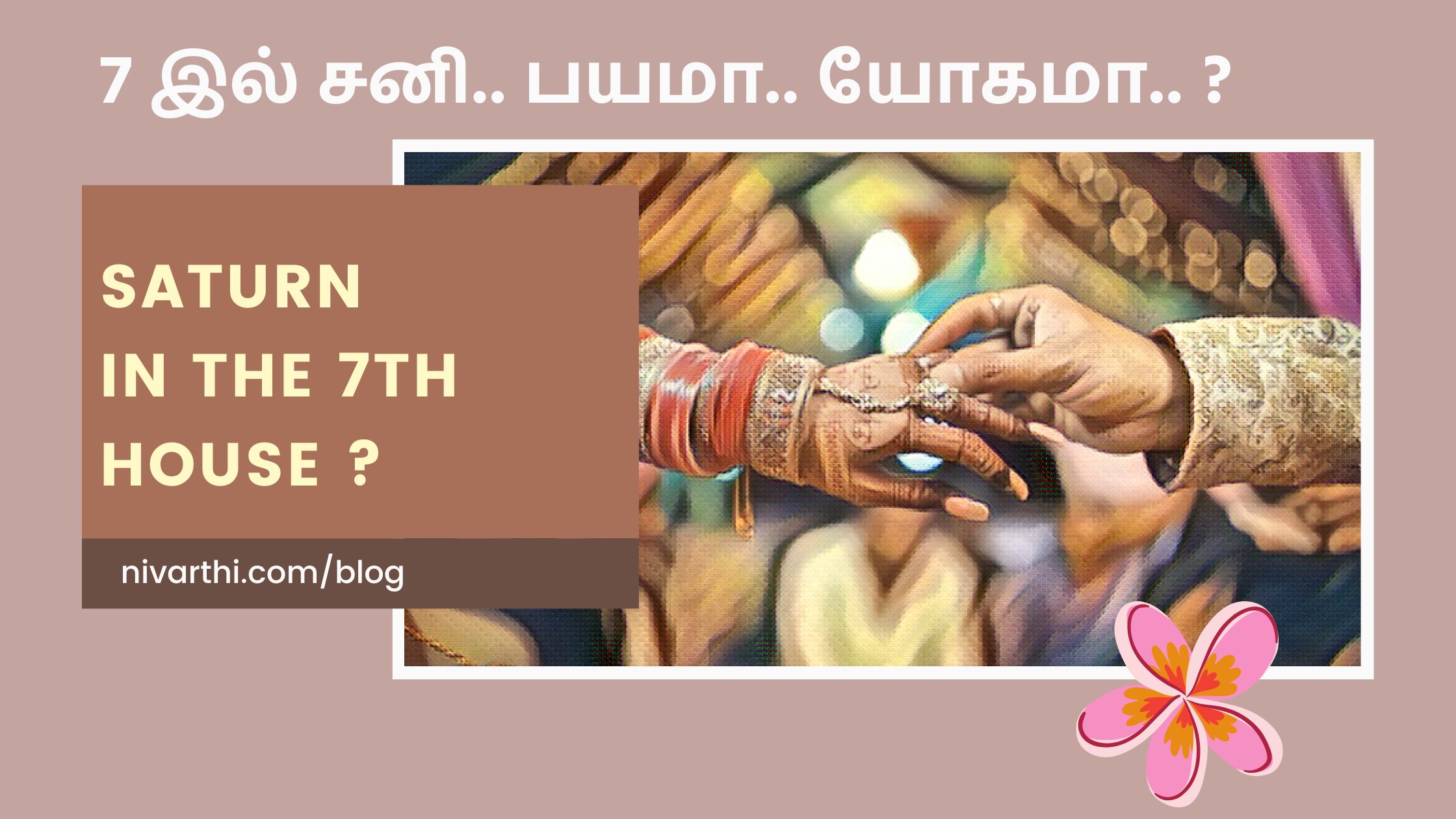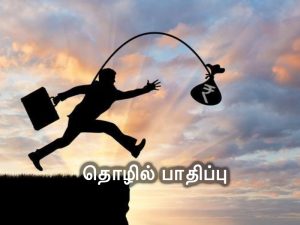Sri Ranganathar
Sri Sathyanarayana
All about the Alwars, the works of the Alwars, historical background, the shrines, their geographical distribution and more. A region wise index pointing to the divya desam shrines all over India with details on historical background, temple layout, architecture, iconography, festivals etc.
The Ranganathar temple at Srirangam in Tamilnadu is the foremost of the 108 Divya Desams and is a repository of history and art. The Venkateswara temple at Tirumala-Tirupati in Andhra Pradesh is the most visited temple in India. The Parthasarathy temple at Tiruvallikkeni is a historic monument coexisting with the hustle and bustle of Chennai.
The Padmanabha swami temple at Tiruvanandapuram in Kerala is a vast temple complex steeped in tradition. Badrinath in the lofty Himalayas was visited by Adi Sankara several centuries ago. Dwarka in Gujarat, enshrining Krishna is an integral part of Indian mythology related to Krishna.
Sri Varadarajar Perumal
The five Krishnaranya shrines of Tamilnadu are Tiruvazhundur, Tirukkannankudi, Kapistalam, Kannapuram and Kannamangai The massive Varadaraja Perumaal temple complex is the foremost of the 14 Divya Desam shrines in Kanchipuram, Tamilnadu. Shrines associated with the Pancha Pandavas in Kerala are Chengannur , Tiruppuliyur , Aranmula , Tiruvamundur and Tirukkadittanam Tiruchherai near Kumbhakonam hosts a spectacular chariot procession in the month of January.
Ahobilam in Andhra Pradesh, Sholingur near Chennai are home to ancient hill temples enshrining Narasimha. The Trivikrama avataram of Vishnu is enshrined at Tiruoorakam at Kanchi, Trikakkara in Kerala, Tirukkovalur near Tiruvannamalai, & Sirkazhi near Chidambaram.
Srivilliputtur is the birthplace of Andal, whose hymns are sung through the morning hours of the month of Margazhi in Tamilnadu. Ayodhya and Mathura are an integral part of Indian mythology and have been revered by the hymns of the Alwars.
The presiding deity at Nachiyaar Koyil near Kumbhakonam in Tamilnadu is taken out in procession on a stone Garuda mount (Kal Garudan). The Koodalazhagar temple within the city and the Kallazhagar temple in the suburbs are the well known Divya Desam shrines in the Madurai area. The Tirukkurunkudi temple near Tirunelveli enshrining Azhagiya Nambi is of great sculptural splendour.
Sri VaiKunda Perumal
SriVaikuntham and Alwar Tirunagari are the foremost of 9 shrines in the Tirunelveli region addressed by the saint Nammalwar in his hymns. Tirukkottiyur near Madurai is closely associated with incidents from the life of Ramanujacharya. At Tiruvattar and Tirupatisaram in Kanyakumari district, worship is carried out as per the Kerala Tantram protocol.



